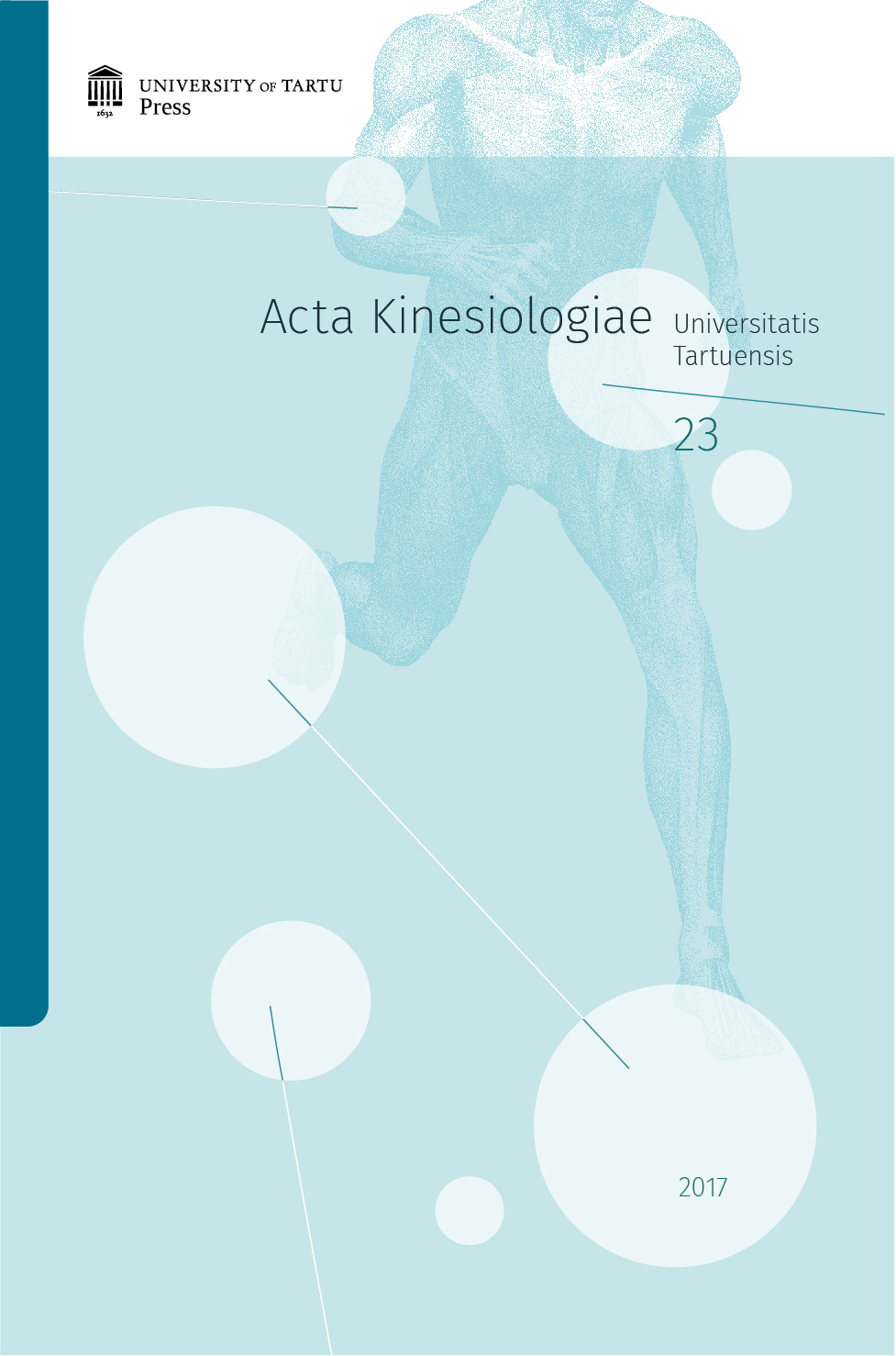Monitoring training load: necessity, methods and applications
DOI:
https://doi.org/10.12697/akut.2017.23.01Keywords:
external load, internal load, training adaptation, monitoringAbstract
Regular physical activity and participation in organized sports is important contributor to performance and for overall health and fitness in humans of various age range. In performance related areas, every detail in the training sessions is important for the athlete to be in the best shape the chosen competition day. Sport scientists have been making hard effort to find out how the training has the influence on performance. Thus, training monitoring is important tool to evaluate an athlete’s response to training. Banister developed the ‘training impulse’ (TRIMP) as a method to quantify training load. The TRIMP consists of the exercise intensity calculated by the heart rate (HR) reserve method and the duration of exercise. Foster et al. [23] developed a modification of the rating of the perceived exertion method, which uses Rated Perceived Exertion (RPE) as a marker of training intensity within the TRIMP concept. For quantifying and calculating training load, the athlete’s RPE (1–10pt scale) is multiplied by the duration of the session. Ideally, the perceptions of training load should match between athlete and coach to have optimal adaptation. Thus, this brief review article is evaluating training monitoring opportunities without the need of expensive equipment.Downloads
Download data is not yet available.


